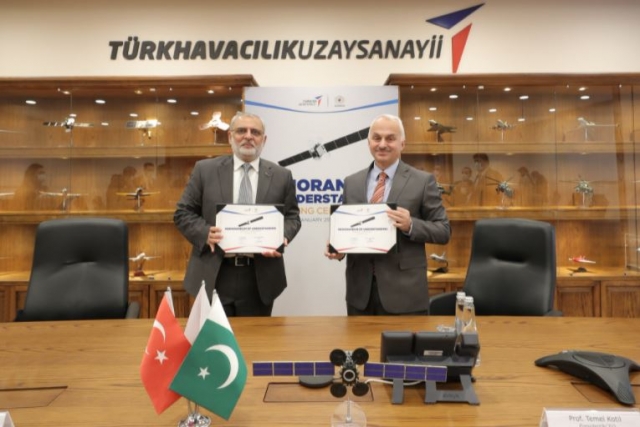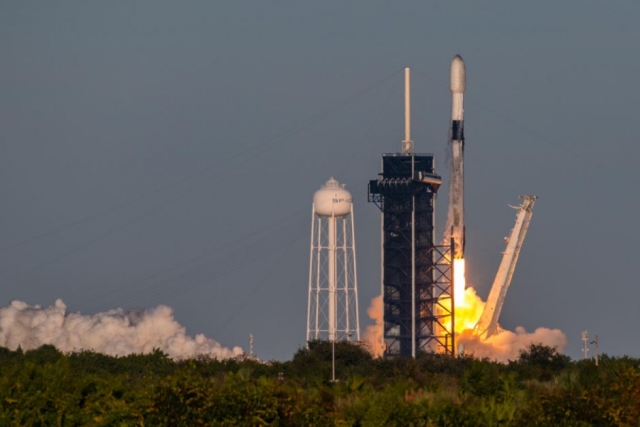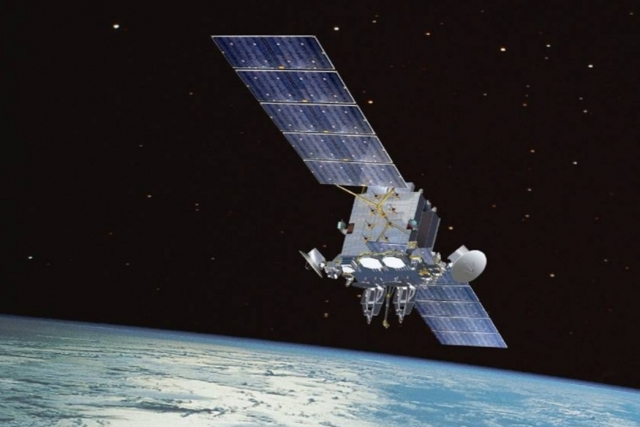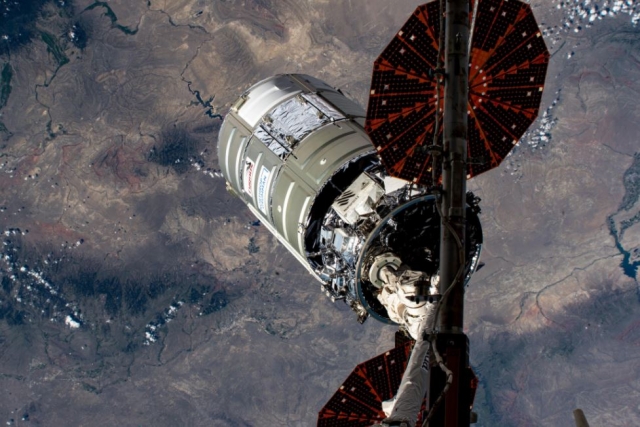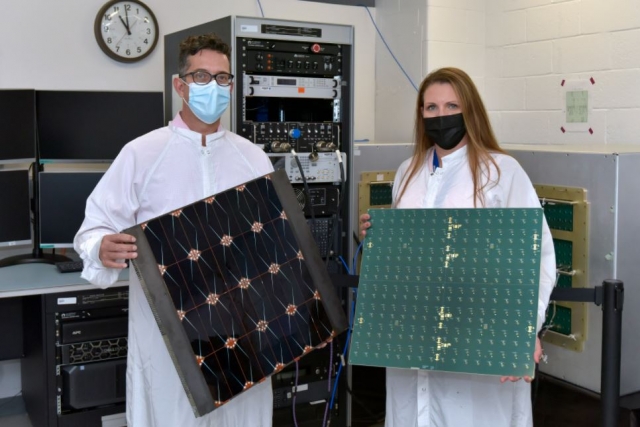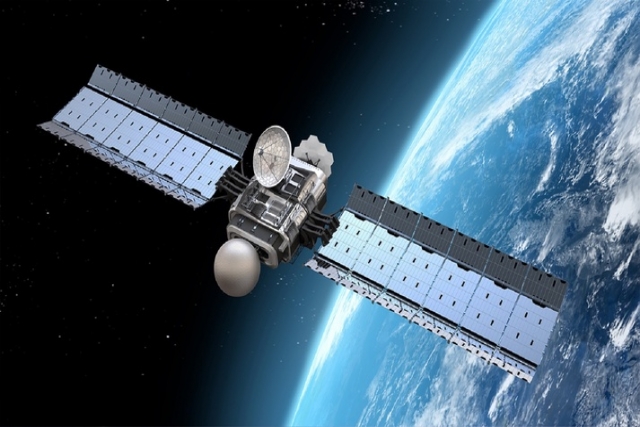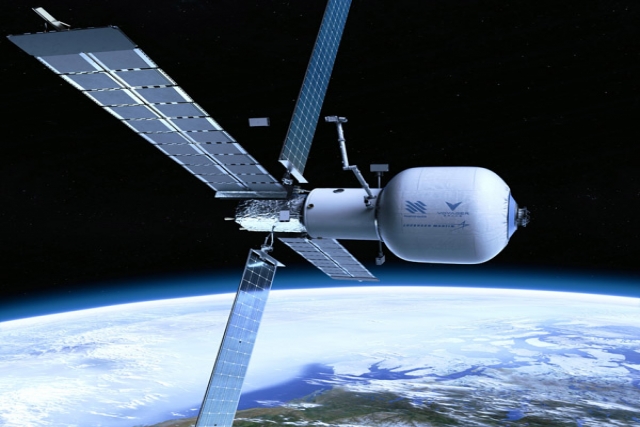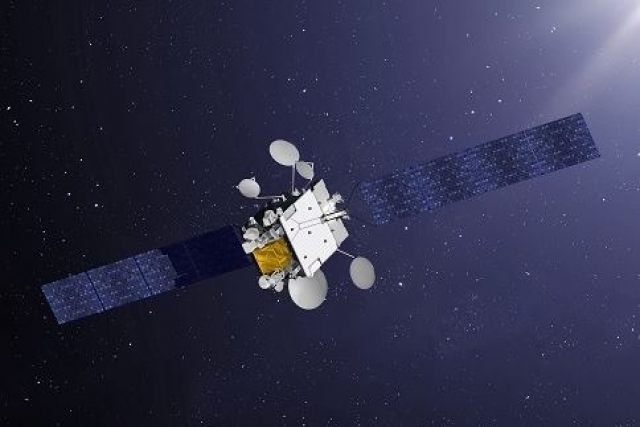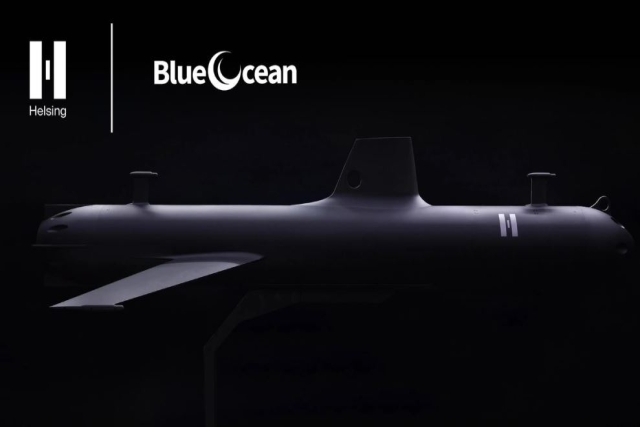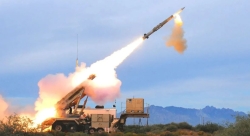Lockheed Martin to Support NASA's Mission to Bring Back First Ever Samples...
Lockheed Martin was awarded three NASA contracts to produce key elements of the agencys visionary Mars Sample Return program. The first contract is for the cruise stage that will power and steer the Mars-bound journey of the lander that retrieves Martian rock and soil samples from the Perseverance Rover
Turkey, Pakistan to Jointly Develop Satellites
Turkish Aerospace Industries (TAI) signed a cooperation agreement with Pakistani space agency Space and Upper Atmosphere Research Commission (SUPARCO) to develop space and satellite projects. "We have signed a cooperation deal with the SUPARCO to develop satellite projects
Russian Researcher in Germany Charged with Passing Ariane Rocket Secrets to Russia
A Russian scientist working at a Bavarian university has been accused of sharing sensitive information about Europes Ariane space rocket program with Moscow. German prosecutors charged the man, Ilnur N
U.S. Space Development Agency Plans 172 Satellites Deployment to Track Hypersonic Weapons
The U.S
Lockheed, Amazon, Cisco to Bring Video Collaboration To NASA's Orion Manned Spacecraft
Lockheed Martin, Amazon and Cisco will discover ways to integrate human-machine interface technologies into NASA's Orion spacecraft, providing an opportunity to learn how future astronauts could benefit from far-field voice technology, AI and tablet-based video collaboration. The Callisto technology demonstration will be integrated into NASA's Orion spacecraft for the agency's Artemis...
South Korea Establishes New Branch to Bolster Space Capabilities
South Korea's Joint Chiefs of Staff (JCS) installed Military Space Branch on Saturday to bolster the country's space security capabilities. The launch came as South Korea has been striving to craft space operation concepts and strategies based on inter-service cooperation amid an intensifying rivalry among major space powers in the emerging security domain
South Korean DAPA Signs Contract with LIG Nex1, Hanwha for Military SatCom...
South Koreas Defense Acquisition Program Administration (DAPA) signed a contract worth nearly $750 million with LIG Nex1 and Hanwha for mass production of military satellite communication system-II ground terminals. The contract will be performed over a period of five years from 2021 to 2025
AFRL, Northrop Grumman Demo Solar to Radio Frequency Conversion
The U.S
NASA Selects Companies to Build Commercial Space Station
NASA awarded contracts to companies to build first-of-its-kind commercial space station. The first three member team consisting of Nanoracks, Voyager Space and Lockheed Martin won $160 million to build the space station
France to Design Laser Satellite Communication System
French Minister of the Armed Forces Florence Parly announced a new project to design a new laser satellite communication system at the Defense Innovation Forum held recently. The KERAUNOS project aims to experiment with an innovative, high-speed optical communication link between a 10 kg nanosatellite and a compact ground station
GE-EMS Upgrades Prototype for Space Force’s EO/IR Weather System Satellite Program...
General Atomics Electromagnetic Systems (GA-EMS) said it has upgraded the spacecraft it is designing for the United States Space Force (USSF) Space Systems Command (SSC) Electro-Optical Infrared (EO/IR) Weather System (EWS) satellite program. The spacecraft has been up-scoped from a one year on orbit sensor demonstration to a three-to-five-year prototype spacecraft with residual operational capability, the company said in a release

